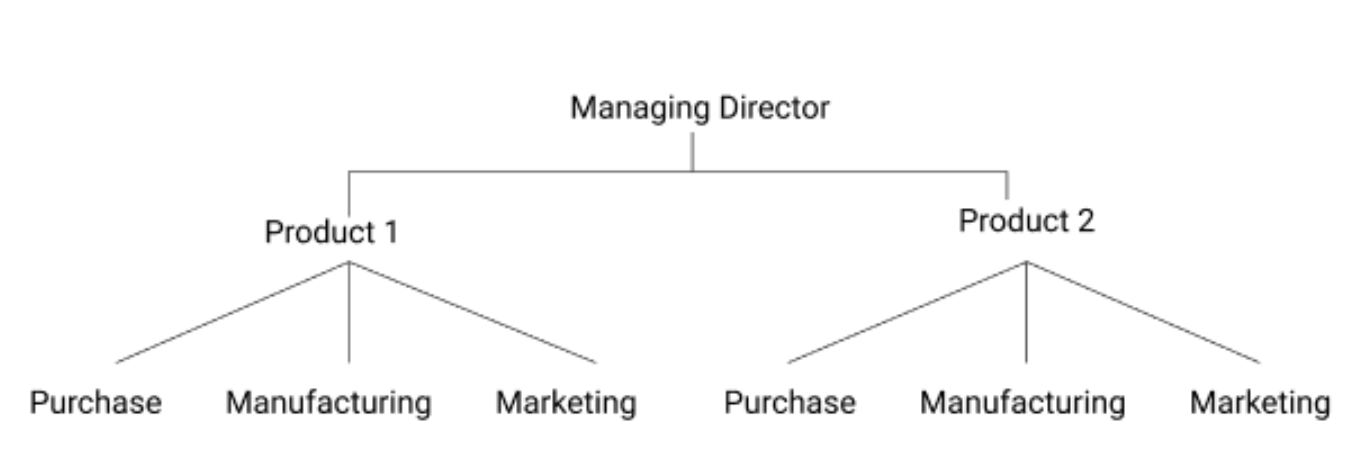CBSE Class 12 Business Studies Chapter-5 Important Questions - Free PDF Download


FAQs on Important Questions for CBSE Class 12 Business Studies Chapter 5 - Organising
1. What is the importance of organizing according to Chapter 5 Planning of Class 12 Business Studies?
Organizing is a process that involves planning. Things that are required in organizing are raw materials, machines, and tools, capital, and personnel. It also manages to bring together the financial resources, human resources, etc. Without organizing, planning never gets successful. Organizing is the intermediate stage where the execution of the planning begins. It defines the communication channel and mode between distinct members. A manager prepares to make independent judgments that may pave the way for the adoption of innovative production procedures. Only through a set of organizational structures can this scope for bringing innovations into the operation of an enterprise be realized.
2. What does the term ‘span of management’ refer to?
It is related to middle-level management that how they manage their employees and to what extent they can do it. Managing employees or subordinates is not an easy job. It determines the structure of an organization. Span time can be of two types and that is narrow and wide. Leadership, control, etc are some of the factors which affect the span of management. The work nature and the ability to work with employees are also some of the factors on which the span of management is dependent.
3. What are the steps in the process of organizing?
The steps involved are:
The first stage in organizing is determining the number of activities and then dividing them according to the plan. Actions are taken according to the goals that have been established. Duplicity is kept at bay by having a clear division of labor.
Actions that were previously fixed are now grouped based on their similarity. This guarantees that the task is accessible to the department that specializes in it.
Assigning duties and responsibilities to the individual most suited for the job is the next step in organizing. Work is distributed based on the participants' abilities.
The presence of a hierarchy in an organization is the next step in organizing. When a person is aware of his immediate superior, it is quite beneficial. A well-defined organizational structure aids in the smooth operation of the company's operations.
4. Discuss the elements of delegation.
Delegation gives a person the authority to control or command a subordinate. This allows them to make judgments about what needs to be done and who will be responsible for accomplishing it. The chain of command begins at the top of the organization and ends at the bottom. The delegation of authority aids in the maintenance of discipline and compliance. Responsibility refers to the part of the subordinate's job when he or she must do the assigned duty. The subordinate should do a good job on the assigned task. A subordinate's responsibility is to his superior.
5. Decentralization is extending delegation to the lowest level. Comment.
The nature of decentralization and delegation is identical. Both are concerned with the transfer of duty and authority. When delegation occurs, authority is shared between two people, i.e. a superior delegating authority to a subordinate, but when decentralization occurs, authority is shared at numerous levels. As a result, it is possible to say that delegating power at each level of management promotes decentralization, whereas decentralization aids delegation at the lowest level.
To know more about Chapter 5 Planning of Class 12 Business Studies refer to the notes provided by Vedantu. They are available on the website of Vedantu and their App and that too free of cost.






































